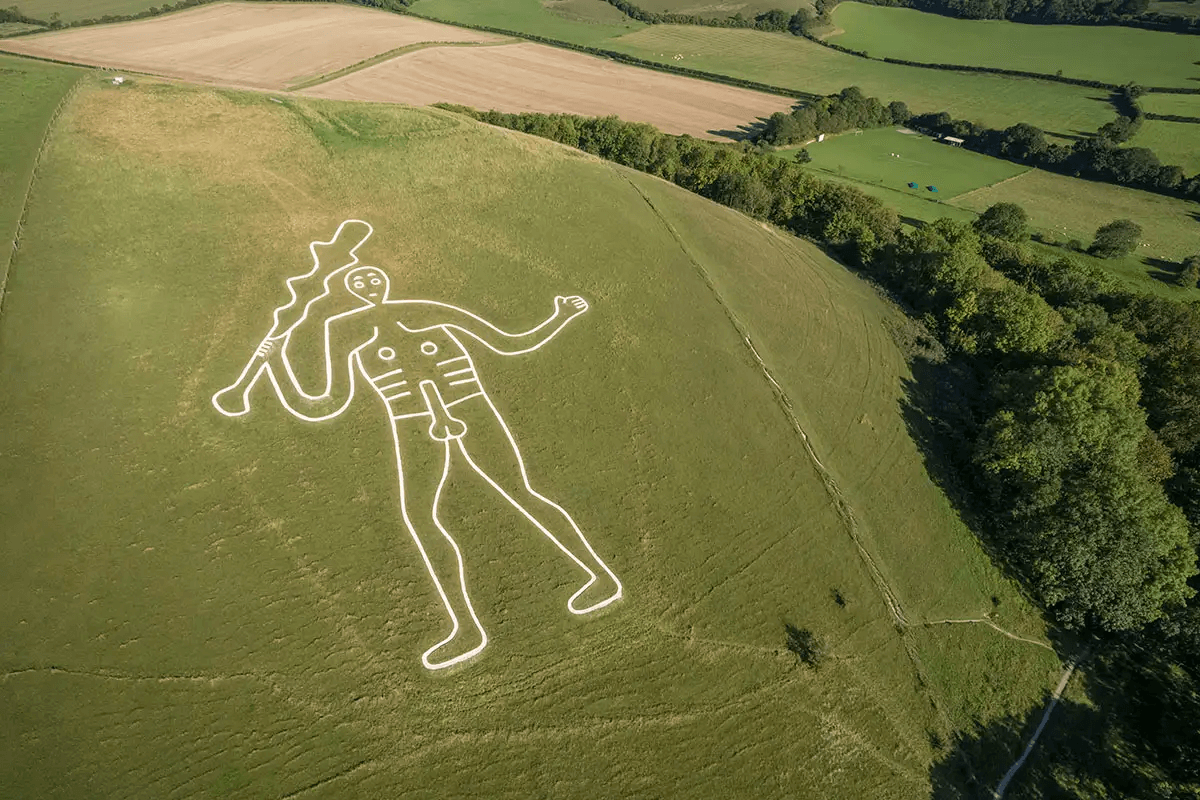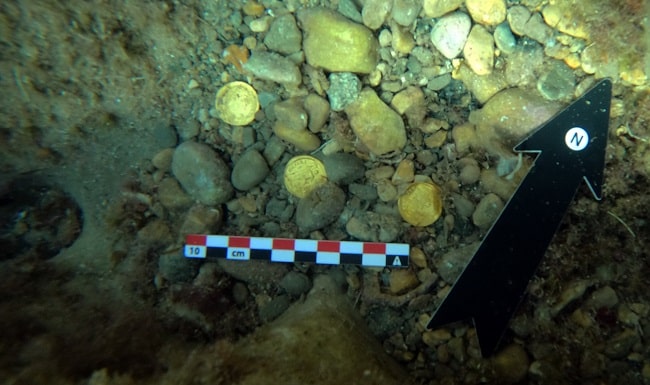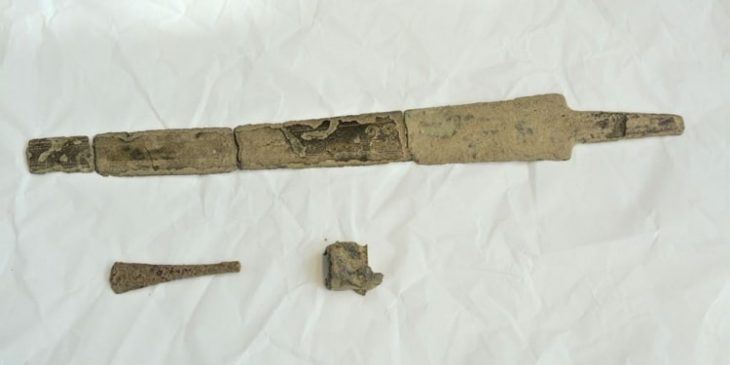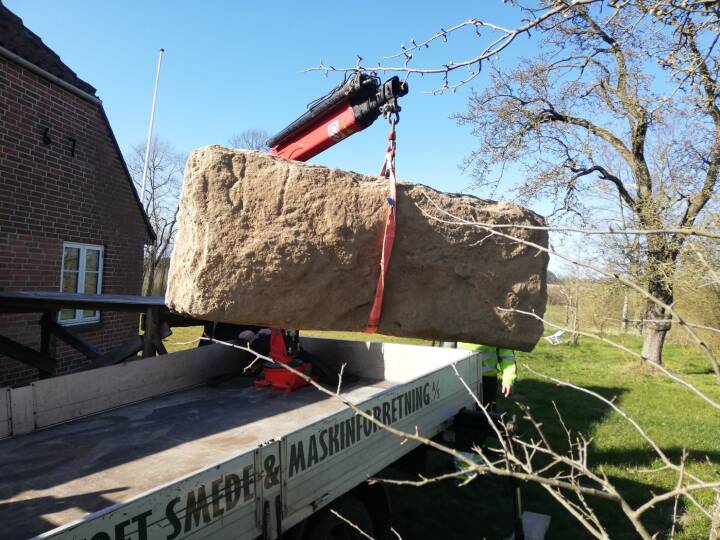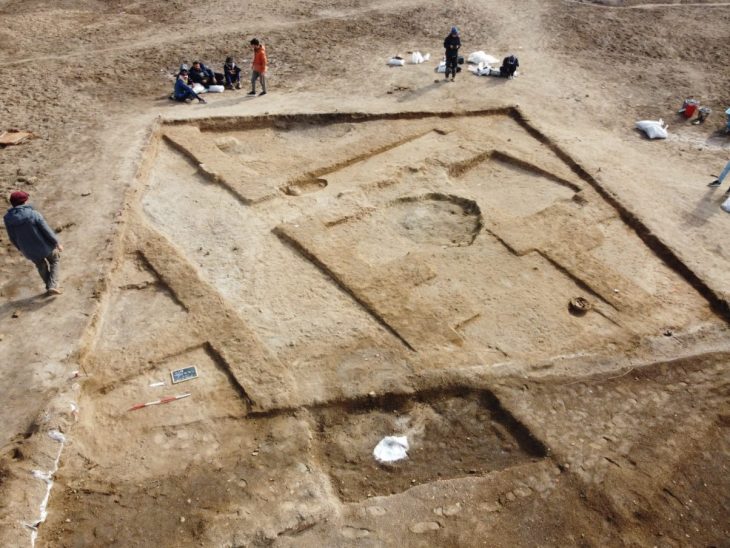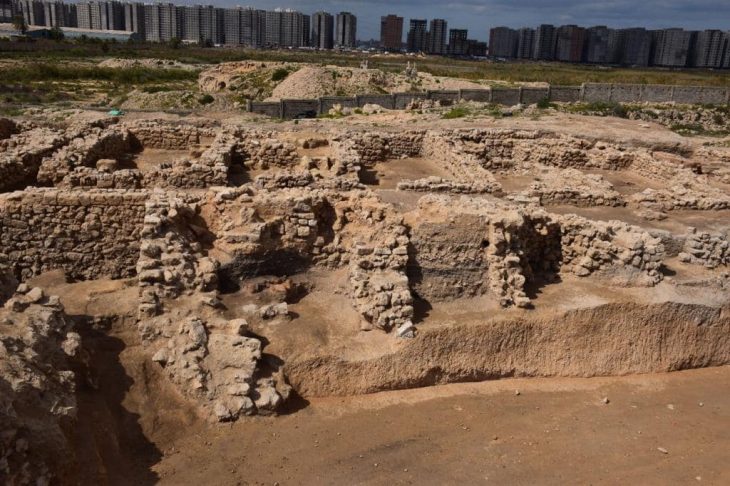There’s a huge chalk image of a man with a powerful erection and no clothes on his butt located in the hills of Dorset, England. After centuries of speculation, the origins of the Cerne Abbas Giant may finally have been determined, according to a recent study.
The Cerne Abbas Giant is a large rural drawing carved into the chalk hillside in the village of Cerne Abbas, Dorset, England. Spanning approximately 180 feet (55 meters), this figure’s origins likely date back to ancient times, but its exact purpose remains uncertain. Some interpret the figure as carrying natural symbolism related to fertility and sexuality, while others see it as purely symbolic of ancient beliefs.
Some even postured that the figure was meant to make a mockery of Oliver Cromwell, the 17th-century statesman who was jokingly dubbed “England’s Hercules” by his enemies. According to this theory, the prominent phallus was to mock Cromwell’s Puritanism.
But now, after hundreds of years of debate, academics believe they have the answer to the hillside riddle and declared the figure probably depicts the Greek hero Hercules. Hence, he was probably created as a pagan idol during the Iron Age in Britain.
Historians suggest the hill the huge chalk carving is located on could have once been a mustering point for Anglo-Saxon troops, with the giant acting as a rallying symbol. However, the story was later rewritten by meddling monks, perhaps hoping to secure the fortunes of the local patron saint.
In a paper published in journal Speculum, researchers say the giant was adopted by Christians who claimed it depicted their saint. It also argues the ‘British god’ idea was a myth which arose from a mistranslation.
The researchers note that Hercules is almost always depicted in artworks with a club, as well as other motifs seen on the Cerne Abbas Giant, such as nudity and prominent ribs.
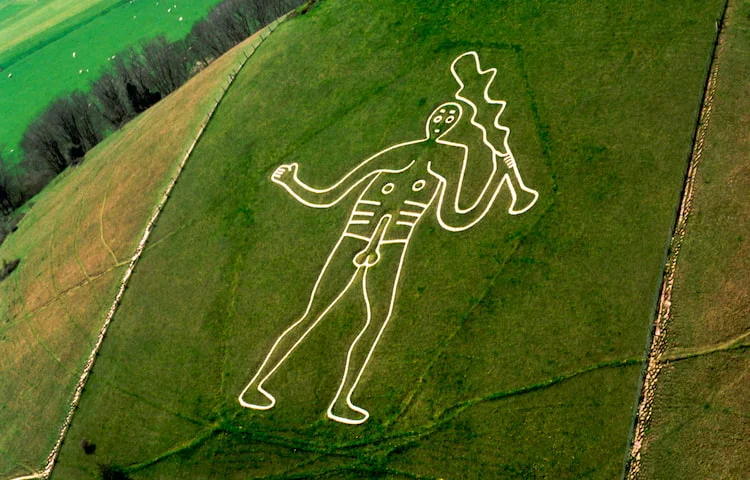
“At first glance, an early medieval date seems odd for a figure which looks like the classical god Hercules,” Dr Helen Gittos and Dr Thomas Morcom write.
“The club is the clue. Hercules was one of the most frequently depicted figures in the classical world, and his distinctively knotted club acted as an identificatory label, like the keys of Saint Peter or the wheel of Saint Catherine. He was usually depicted in motion, as at Cerne, and the ribs, lower line of the stomach, and nakedness are all typical,” the study authors explain.
“Alongside his club, he was most often associated with his lionskin mantle, and it is likely that one of these originally hung from the giant’s left arm,” they add.
Despite the pagan imagery, the artwork is relatively recent and dates to the early Middle Ages, sometime between 700 CE and 1100 CE. Researchers say there are many references to Hercules in the British Isles during the time the giant was constructed.
Another theory came to prominence after the giant was dated, with people claiming it was a depiction of an Anglo-Saxon god called Helith. This has been discounted by modern theories.
Researchers Morcom and Gittos traced the root of this idea to one text, with the name Helith coming from a 13th-century mistranslation of the Latin word for Elijah, the Old Testament prophet. It seems that Helith never existed.
Even though the most recent study purports to have provided an answer to the giant’s origins mystery, scientists acknowledge that the real significance of the Cerne Abbas will likely remain a matter of debate for many years to come.

